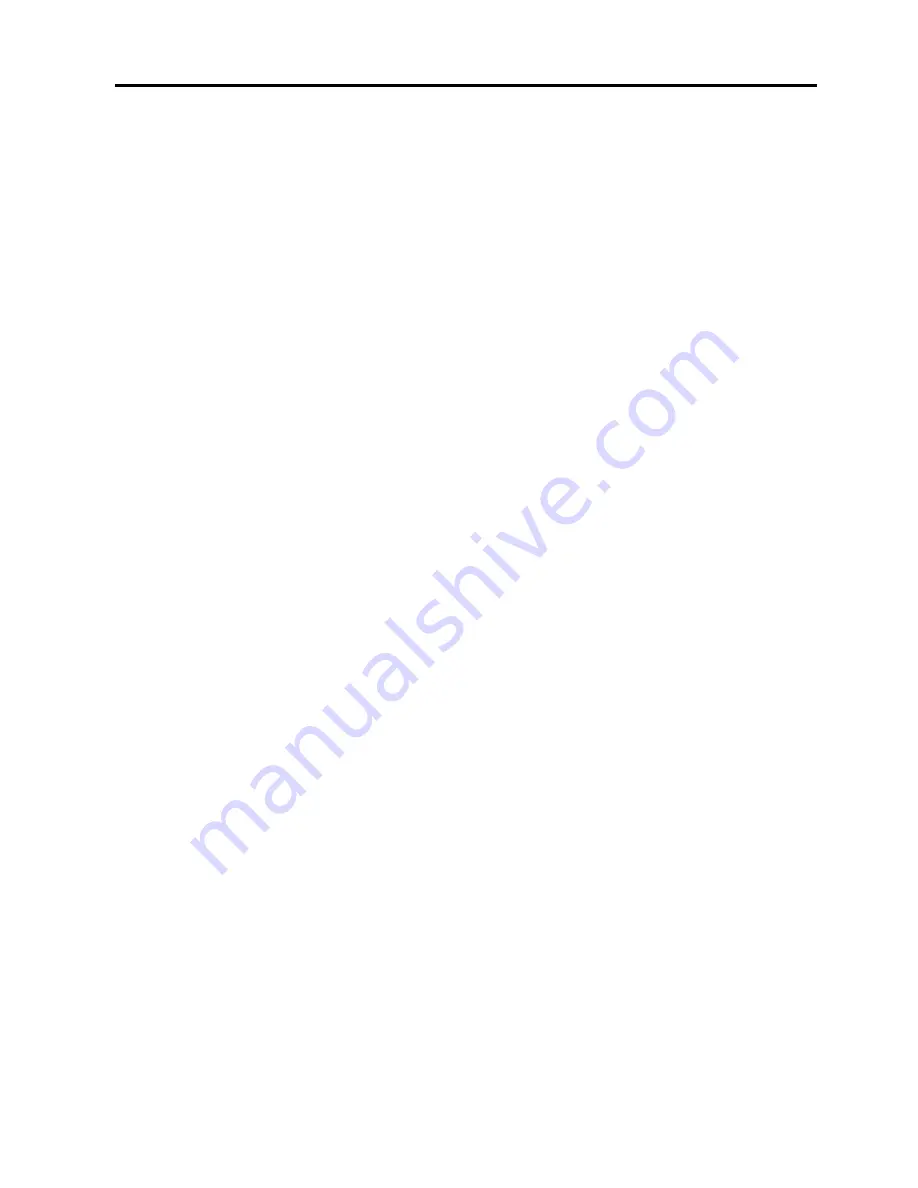
Graphics Software 4-3
The printer driver will interpret these objects as vectors and will cut them out providing that your
software has the capability of vector output. Basically, all software programs have the ability to
provide raster output. However, not all programs have the ability to provide vector output even
if you set the line width to the smallest thickness possible. Check with Software Anomalies
section in the back of this manual for software that can vector output.
The use of color fills or bitmaps will cause the laser system to engrave. The combination of
engraving and cutting is available in most graphics software. We suggest that when combining
engraving and cutting objects, use different colors for the fills and outlines since engraving
requires different power settings than cutting objects. One thing to keep in mind when creating
cutting objects is that if the outline thickness is set too thick, the driver might interpret the
outline as a filled object and will engrave the outline instead of cutting. This might be desirable
if engraving thick outlines is necessary. The outline thickness at which the driver will interpret
cut lines as filled objects is dependent on the software used. Usually, any line thickness .008
inches (.2 mm) or greater will engrave. The only way to determine the cross over point for line
thickness is to experiment with different line widths. Software programs that do not have outline
capabilities definitely will not have the ability to cut.
Image Processing Order
When cutting or engraving a graphic image, the laser system will perform all engraving first,
then proceed to cutting. Engraving will proceed in the exact order of the colors listed in the
driver. For example, all black filled objects will engrave first, then all red filled objects, then all
green filled objects and so on. When all engraved objects have been completed, the laser
system will proceed to cut any outlines present in the artwork. Unlike engraving, cutting will
proceed in the order from which the outlines are drawn regardless of color. There are several
different ways to control the order in which the outlines are cut. One way is to draw them in the
exact order in which they need to be cut, but this is not always practical. Another way is to
select the outline in the graphics software and “send it to the back”, behind the other objects, to
cause the outline to be cut first. Bringing the outline “to the front” will cause that outline to cut
last. A final way is to cut and paste each outline in the cutting order desired. This effectively
works the same way as the two previous suggestions.
Overlapping Fills
If the artwork created has overlapping filled areas, the driver will automatically filter these fills to
prevent the overlapped area from being engraved twice. This is similar to color separation in
the printing industry. The entire filled area of the object on top will be engraved and only the
visible part of the underlying filled area will be engraved. The final result is a what-you-see-is-
what-you-get output. In this way the color white can be used as an effective drawing tool.
Since the laser system will not engrave the color white (this is the background color), it can be
used to block out the undesired engraving areas of filled regions and/or bitmaps. However, you
cannot use a white fill to cover an outline, the outline will vector cut even though you cannot
see it on screen.
Содержание VANGUARD OPTIMA
Страница 1: ...VANGUARD OPTIMA USER S MANUAL ...
Страница 2: ......
Страница 6: ......
Страница 21: ...2 4 Installation ...
Страница 51: ...5 8 System Operation ...
Страница 52: ...System Operation 5 9 ...
Страница 101: ...9 2 Maintenance ...
Страница 107: ...Appendix A Warranty Please insert your warranty statement here ...
Страница 111: ...Appendix E Serial Port Cable Requirements ...






























